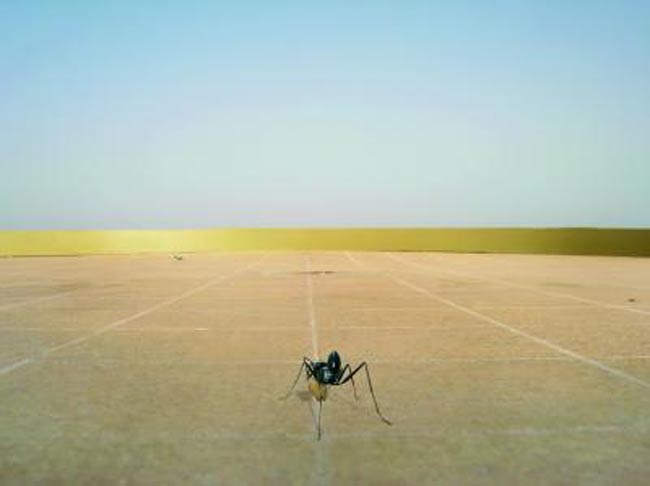Robots Learn Navigation Trick from Ants

Imagine while walking to the grocery, every few streets you have to go back home to reset your navigation system in order to avoid getting lost.
That's what ants have to do. Now and then they must visit their nest to avoid losing their way on foraging trips. Now scientists are using this understanding to make better robots.
"Knowledge about path integration and landmark learning gained from our experiments with ants has already been incorporated in autonomous robots," said Markus Knaden from the University of Zurich. "Including a 'reset' of the path integrator at a significant position could make the orientation of the robot even more reliable."
Ants use landmarks to find their way, and they also have a backup system called a "path integrator."
Measuring the distance traveled and using an internal compass, the system continually reassesses the ant's position. This helps it find straight shots back home even if the outbound trip traversed is a maze.
The researchers moved ants from a feeder either back to their nest or to some other location. Those moved to the nest headed back to the feeder. The others returned to the nest before they would go to the feeder.
Knaden and colleagues believe that the path integrator is prone to accumulating mistakes, which is why the ants have to repeatedly reset their system to the original clean template.
Sign up for the Live Science daily newsletter now
Get the world’s most fascinating discoveries delivered straight to your inbox.
"We think that it must be the specific behavior of entering the nest and releasing the food crumb that is necessary to reset the path integrator," Knaden said.
The findings of were presented earlier this month at the annual meeting for the Society for Experimental Biology.










